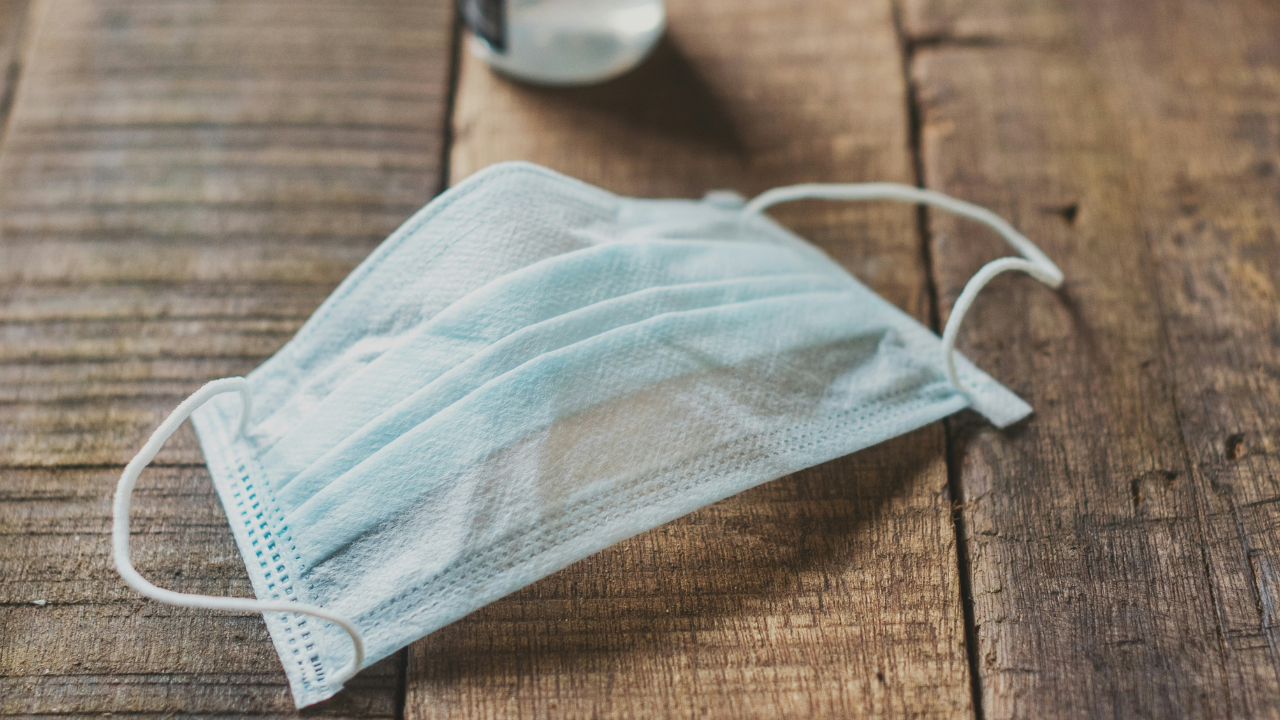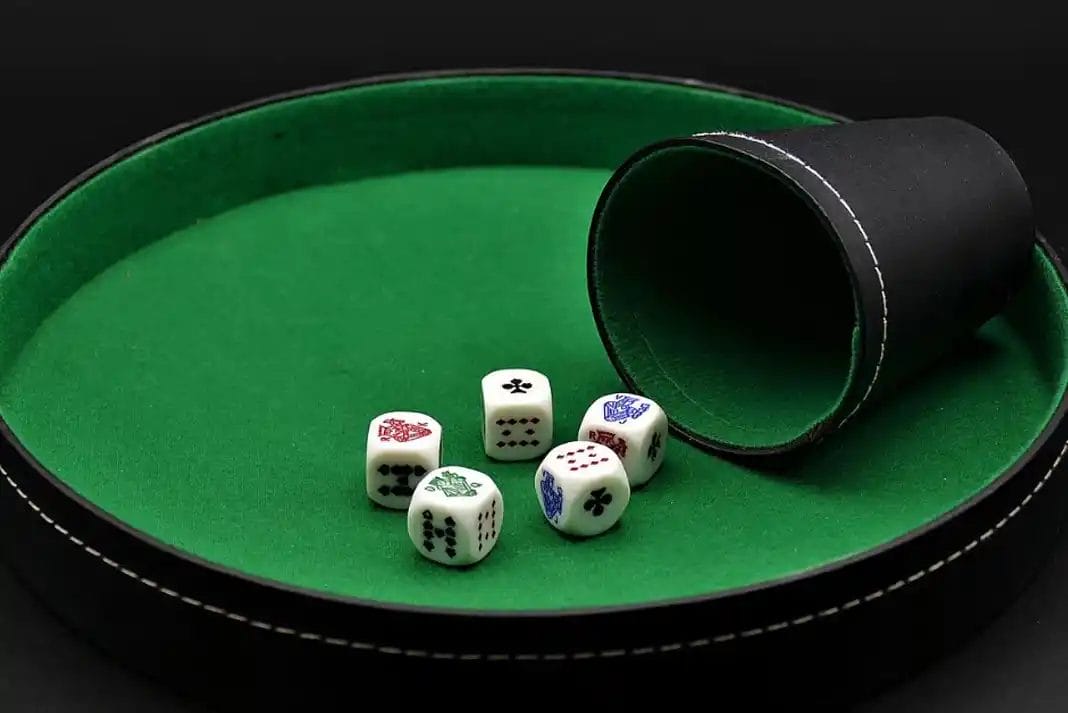Sam Lowe is a partner at Flint Global, where he advises clients on UK and EU trade policy. He is also a senior visiting fellow at King’s College London and runs Most Favoured Nation, a newsletter about trade.
Donald Trump’s trade ideology can be summarised as: exporting things is good; importing things is bad.
Writing for mainFT ahead of last week’s vote, Trump’s once (and possibly future) trade chief Robert Lighthizer provided a neat précis of what will drive the new administration’s approach to trade:
Countries that run consistently large surpluses are the protectionists in the global economy. Others, like the US, that run perennial huge trade deficits are the victims.
And in this world in which the largest and most powerful economy on earth is a victim, consistent large trade surpluses with the US mean one thing and one thing only: tariffs.
So, who might be on Donald’s [s]hit list?
To give a crude idea, I have created a new ranking I shall name (with the helpful input of Louis), the Measure of American Goods Advantage, or MAGA, index.
Using a data on US goods exports/imports from 2020-2022 (note: neither Trump nor Lighthizer seem to care about services trade, so, like them, I have pretended services don’t exist), I have divided countries’ trade balances with US by their total to create the following EXTREMELY CRUDE schema:
And, by popular demand, in table form:
In summary: if you have a score greater than zero (on the x-axis above, or the rightmost column in the table), Trump’s got his eye on you.
If your score is between 50 and 90, then you should probably hope the US forgets you exist.
If you have a score greater than 90, then… well to be honest it’s probably because you’re a small island nation (I’m looking at you Faeroe Islands, Falkland Islands and Pitcairn — 97.79, 97.16, and 92.19 89.5, 70.2, and 30.1 respectively) or you are Lesotho (96.89) or Cambodia (92.10).
Of the significant (randomly chosen by me) economies lodging persistent surpluses with the US, Vietnam scores highly (82.02), as do Ireland (70.11), Thailand (58.92), Bangladesh (58.77), China (57.13), Malaysia (55.53), Denmark (54), Indonesia (53.00), Switzerland (43.28), Germany (35.22), India (31.22), Japan (30.98) and Mexico (18.24).
On the other hand, the UK persistently buys more from the US than it sells (-6.79) as do Singapore (-7.84), Brazil (-15.75), Belgium (-15.8) and the UAE (-51.72). A big shout out, I guess, to South Sudan with a score of -99.66.
Now, of course, countries won’t be solely judged on the size of their persistent surplus/deficit. There are many other ways to find yourself on the [s]hit list, and the MAGA index doesn’t account for the actual value/volume of trade under consideration.
But, y’know, it’s certainly a factor.
So what happens next? My working assumption is that there will be a (close to) universal tariff uplift, in the 10-20 per cent range, with a higher tariff applied to China. However, beneath the headline there will be a large number of company- and country-specific derogations.
I have written about the possible company-specific exemptions elsewhere, and there is fairly robust academic evidence from the last Trump administration and the experience of his China tariffs that — unsurprisingly — proximity to the regime results in better outcomes.
Here’s the abstract for the paper linked above (emphasis added):
We investigate whether firm-level political connections affect the allocation of exemptions from tariffs imposed on $550 billion of Chinese goods imported to the United States annually beginning in 2018. Evidence points to politicians not only rewarding supporters, but also punishing opponents: past campaign contributions to the party controlling (in opposition to) the executive branch increase (decrease) approval likelihood. Our findings point to quid pro quo arrangements between politicians and firms, as opposed to the “information” channel linking political access to regulatory outcomes.
So… if you haven’t already started making friends with the new President and his buddies, there’s no time like the present.
On the country-specific exemptions, my working assumption is that the EU, UK, Japan, etc will face three categories of request:
—‘Buy more American stuff (or export less of your own stuff);
— ‘Support me in my global endeavours’ (see: trade restrictions on China); and
— ‘Miscellaneous, other’.
The higher a country scores over 0 on the MAGA index, the greater the focus on ‘Buy more American stuff’. To put it another way: there are going to be a lot of deals, but they might not be traditional free trade agreements.
Taking them one at a time:
‘Buy more American stuff’ (or export less of your own stuff)
To give an idea of what this could look like, we need look no further than the deals done under the first Trump administration.
In March 2018, to ensure an exemption from Trump’s Section 232 tariffs, South Korea agreed to a ‘new’ [slightly amended] trade deal which saw it “voluntarily” restrict the export of Korean steel to the US, increase a compliance-related quota for US auto imports from 25,000 a year to 50,000, exempt most US autos from stricter Korean CO₂ emission requirements, accept a delay in the phase of a US 25 per cent tariff on light trucks (originally 2021, now 2041), and change Korea’s medical procurement rules to ensure they pay market value for US-produced medicines.
In a similar attempt to avoid the Section 232 tariffs, in 2019, Japan agreed a deal with Trump that granted the US CPTPP levels of tariff reductions for US food exports (note: Trump had pulled the US out of the then-TPP) without receiving CPTPP levels of access to the US market for Japanese autos in return.
But of all the deals done during Trump’s first Presidency, my fave is easily the EU’s. Erstwhile European Commission President Jean-Claude Juncker managed to talk Trump out of applying car tariffs to the EU by telling Trump the EU would commit to buying more American soyabeans and liquefied natural gas. Did Juncker have any power to actually make this happen? No. Did Juncker simply identify a trend that was happening anyway? Yes. Did it work? Seemingly! Genius.
So what will Trump want this time? As per last time, it really depends on the market/country.
Take the EU. Along with asking the EU to exempt US exports from its Carbon Border Adjustment Mechanism, Trump will probably ask the bloc to buy more US cars, buy more food, and export less stuff back Stateside. This would require a change in EU consumer preference and tariff elimination (for the cars), a change in safety rules and tariff elimination (for the food) annnnnd a change to Germany/Eurozone’s entire growth model (in order to export less stuff). So, not easy!
It might be easier in theory for the UK to do something, but the food safety issue (chlorine chicken) remains a bit of a political minefield.
If I were in charge of anything (I’m not), I would be looking at the defence budget and mapping out where I was planning to buy American kit, or might consider buying American kit, and packaging it up into something with a big number attached to present to Trump when he comes knocking. You probably also want to take a view on the pros and cons of a certain Trump-adjacent space company, because you’re going to get asked.
‘Support me in my global endeavours’
I assume the conversation with lots of countries, including those scoring below 0 on the MAGA index, will go something like this: “As well as buying more stuff from us, if you want to avoid the universal tariff you need to impose high tariffs on Chinese imports”.
This will create a dilemma for the UK, EU and others. Assuming that China would retaliate to any blanket tariffs, countries will forced to choose between the US blanket tariff and the Chinese retaliatory tariffs.
In practice it probably won’t be quite so binary, and countries may try to placate Trump with commitments to impose tariffs they were considering anyway. For example, the EU has already imposed anti-subsidy tariffs on Chinese electric vehicles, as well as lots of trade defence tariffs covering products such as steel, bikes, graphite, biodiesel and others, so may try to placate him by initiating new investigations into products such as EV batteries, solar, and wind turbines.
The UK, which already lags behind most of the G7 in ‘slapping tariffs on China’, could introduce a few more to bring itself in line with the G7 average and hope that China doesn’t get too annoyed.
Under this category, you also have conversations around coordinating export controls and sanctions.
‘Miscellaneous, other’
Given it’s Trump, there are quite a lot of other things a country might want to try to do to keep him happy. For example, you could invite him to meet the Royal Family, give him a big shiny Orb, stop trying to regulate his mate’s company, approve a golf course, etc.
But will any of the above work? For some countries: sure, to an extent. There will be tariffs, but not everyone will be treated equally. It all depends on what he asks for, and the extent to which a country is able to deliver it (or, as per Juncker, pretend to deliver it.).











